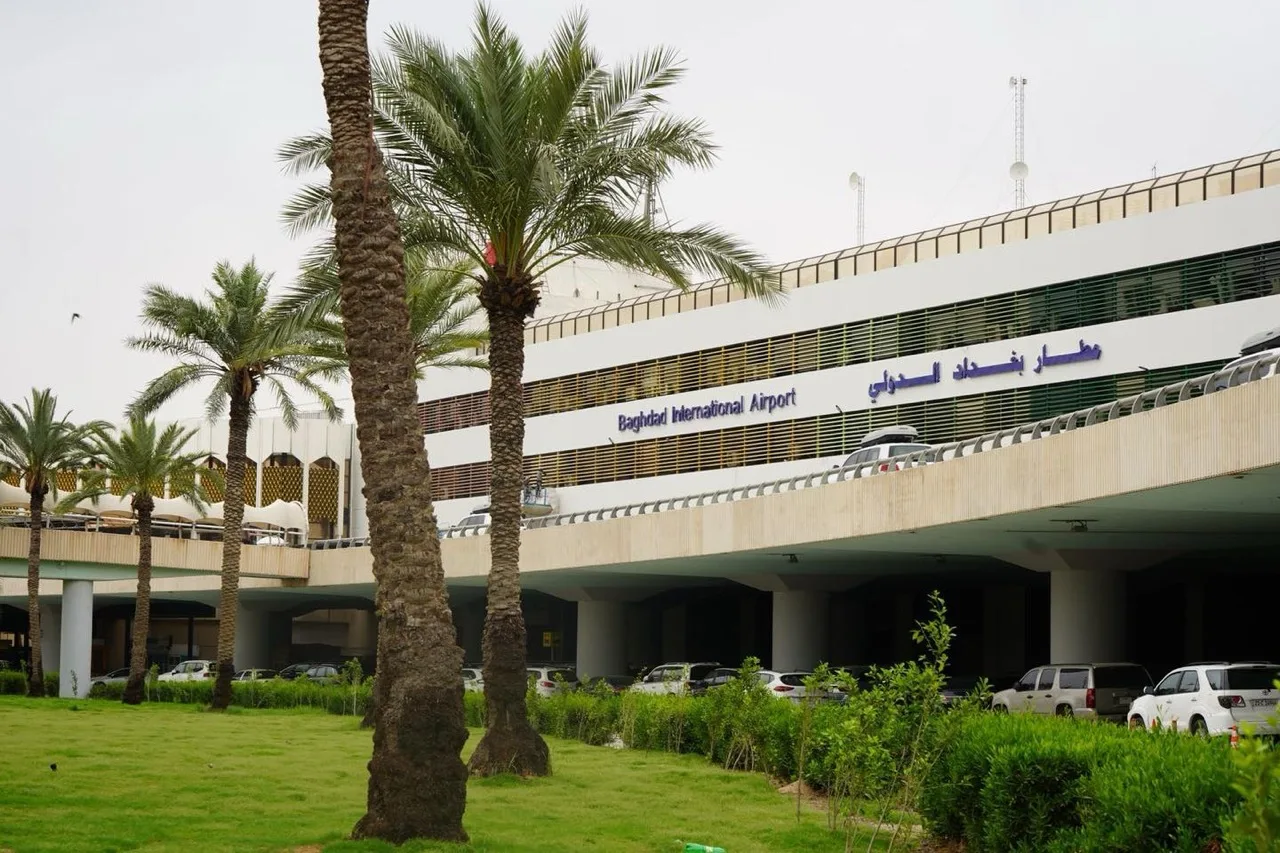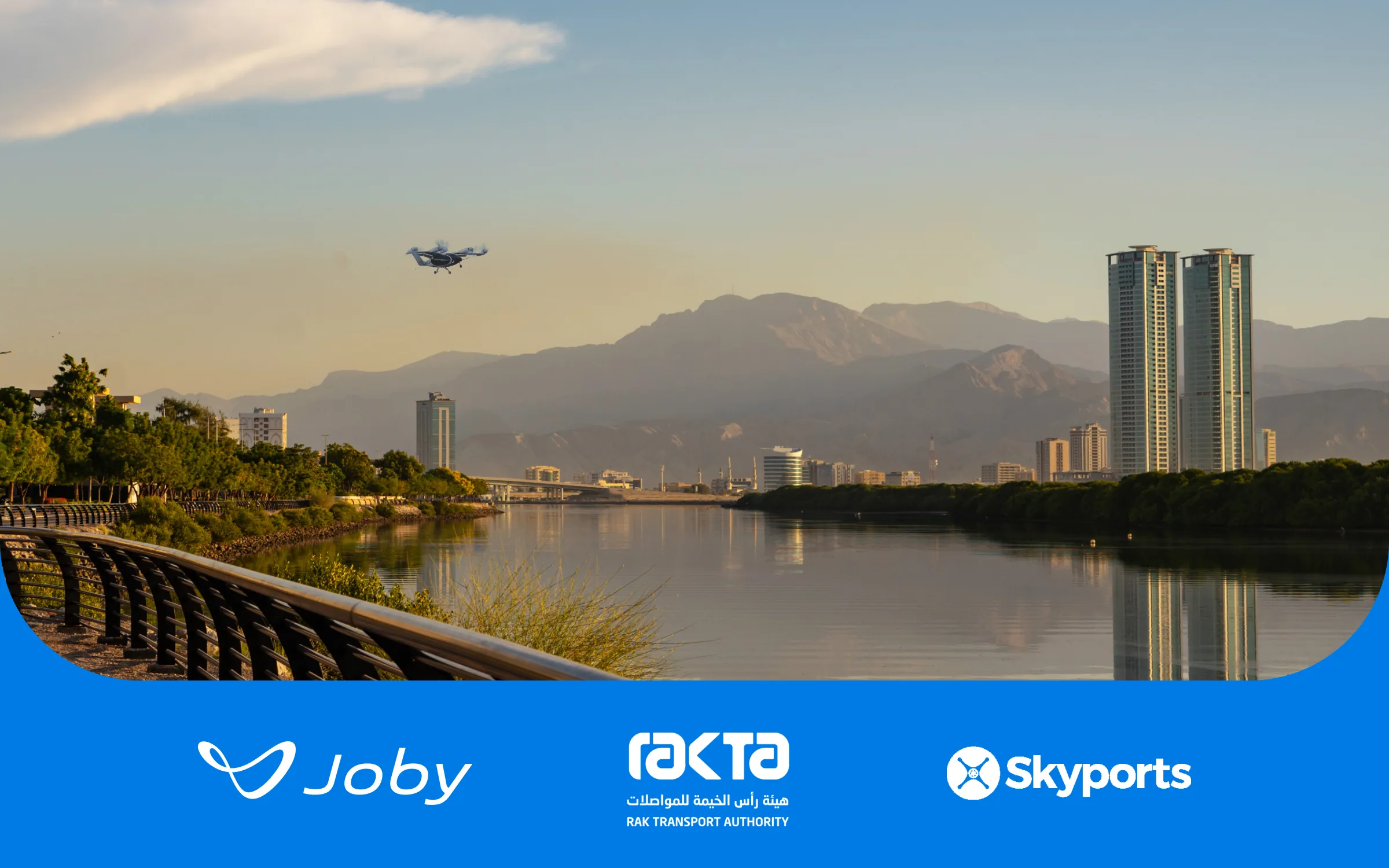Baghdad, once a symbol of the crossroads between East and West, is poised for an aviation rebirth. After decades of conflict and reconstruction, the Iraqi government has launched an ambitious plan to transform Baghdad International Airport into a world-class hub that reflects the capital’s renewed sense of purpose and possibility.
A Vision of Modern Connectivity
The new airport development represents one of Iraq’s most significant infrastructure investments in years. It aims to turn the existing Baghdad International Airport into a modern gateway capable of handling millions more passengers, stimulating trade, tourism, and economic growth.
The plan centers on building a new passenger terminal with an initial capacity of 8.5 million passengers annually, expandable to 15 million by 2040. It will feature modern runways, updated aprons, and fully digitized air-traffic systems. The project is being structured as a public-private partnership (PPP), bringing in foreign investors and global expertise to finance, design, and operate the new facilities while the government retains control over customs, security, and air-traffic operations.
The Master Plan
The development blueprint covers more than two dozen subprojects, each designed to modernize different aspects of the airport’s operations and layout. Key elements include:
- New terminal buildings with expanded check-in, departure, and arrival halls.
- Runway and taxiway modernization, improving capacity for larger aircraft.
- Upgraded lighting and navigation systems, with advanced docking guidance technology.
- Cargo and logistics expansion, turning Baghdad into a regional freight center.
- Parking and road upgrades to ease congestion and improve passenger access.
- Commercial development zones with hotels, offices, and retail around the airport.
Together, these projects are expected to cost between 400 and 600 million US dollars, financed through the PPP arrangement.
A Model for Partnership
To ensure transparency and attract international expertise, Iraq has adopted a competitive bidding process for the concession. The selected investor will finance, build, and operate the terminal and related facilities for roughly 25 years, sharing a portion of the revenue with the government.
Several international airport operators have expressed interest, and prequalified consortia are now competing in the final bid phase. The project also benefits from international advisory support to guarantee global standards in planning and financial structuring.
This model signals a shift in Iraq’s infrastructure approach: from state-managed projects to partnerships that leverage private sector innovation and efficiency.
Challenges on the Horizon
The airport redevelopment is ambitious — and not without obstacles.
- Security and Stability: Ensuring consistent safety throughout construction and operation remains a top concern.
- Financial and Legal Framework: Balancing investor confidence with public oversight requires a robust legal and regulatory structure.
- Urban Integration: Expanding airport access roads and public transport links will be essential to handle future passenger volumes.
- Operational Continuity: Construction must take place while maintaining current flight operations, requiring careful phasing.
- Long-Term Demand: Accurately forecasting passenger growth is critical to sustaining the project’s long-term success.
Despite these hurdles, the government’s commitment to modernization — and the symbolic importance of restoring Baghdad’s global connectivity — has kept the project moving forward.
Economic and Social Impact
- Job Creation: Thousands of jobs during construction and long-term aviation, retail, and logistics roles.
- Boost to Tourism: Modern facilities will support Iraq’s cultural and religious tourism industries.
- Improved Trade: Expanded cargo capacity will strengthen Baghdad’s role as a logistical bridge between Asia, Europe, and the Gulf.
- National Image: A modern airport will project stability and progress, reshaping global perceptions of Iraq as a country open for business and travel.
Looking Ahead
Construction is expected to begin following final bid approvals, with phased development continuing into the late 2020s. The government’s long-term vision extends beyond passenger terminals: it includes new cargo complexes, business parks, and hospitality areas around the airport perimeter — creating what planners call an “aerotropolis” for the Baghdad region.
By 2040, Baghdad International Airport aims to stand among the Middle East’s modern air hubs, serving millions of travelers annually and anchoring Iraq’s integration into global commerce.
Conclusion
The transformation of Baghdad’s airport is more than an infrastructure project — it is a statement of intent. For a country rebuilding its identity and economy, the new gateway represents optimism, confidence, and connection to the wider world.
Once completed, the airport will not only handle flights; it will symbolize Iraq’s rise from decades of turbulence toward a future defined by openness, movement, and renewal.




